Small Cactus Plants
Small cactus plants are perfect for adding a touch of nature to your space without requiring much attention. These miniature desert dwellers come in fascinating shapes and sizes, from the rounded Golden Barrel to the unique Bunny Ears cactus. Whether you’re a beginner or experienced plant parent, small cacti offer an accessible entry point into the world of succulents.
Small cacti thrive in containers as small as 2 inches wide and only need to be repotted when the plant outgrows its container, the soil degrades, or the cactus shows signs of distress. You can place these hardy plants indoors or outdoors, making them versatile additions to your home decor.
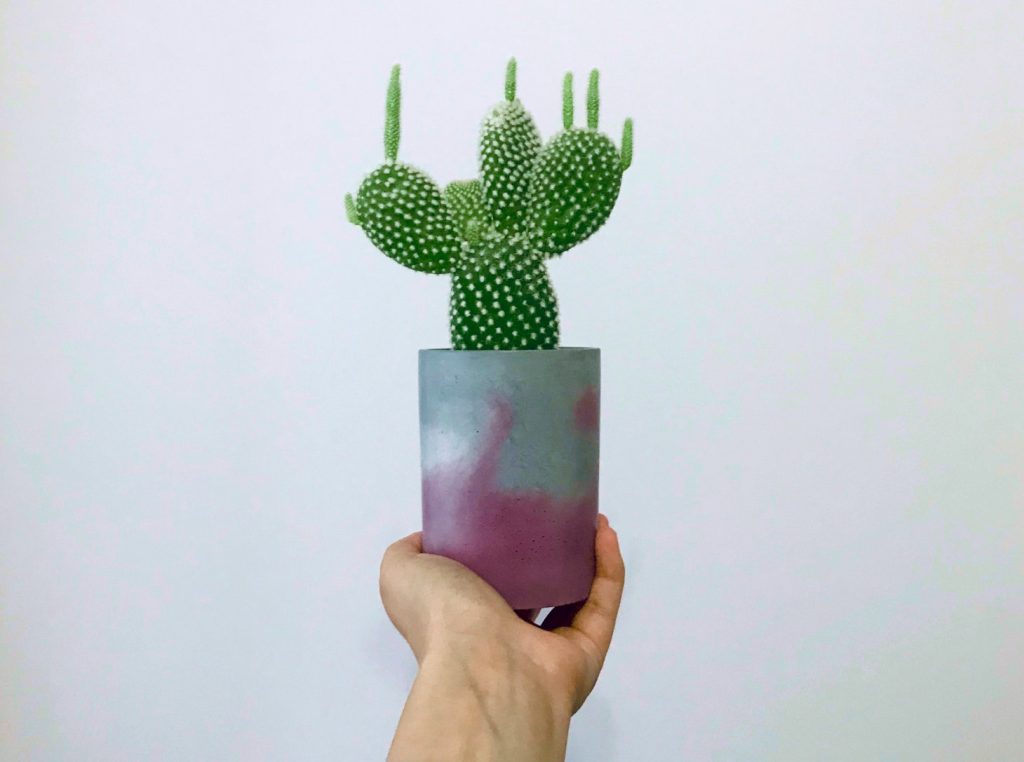
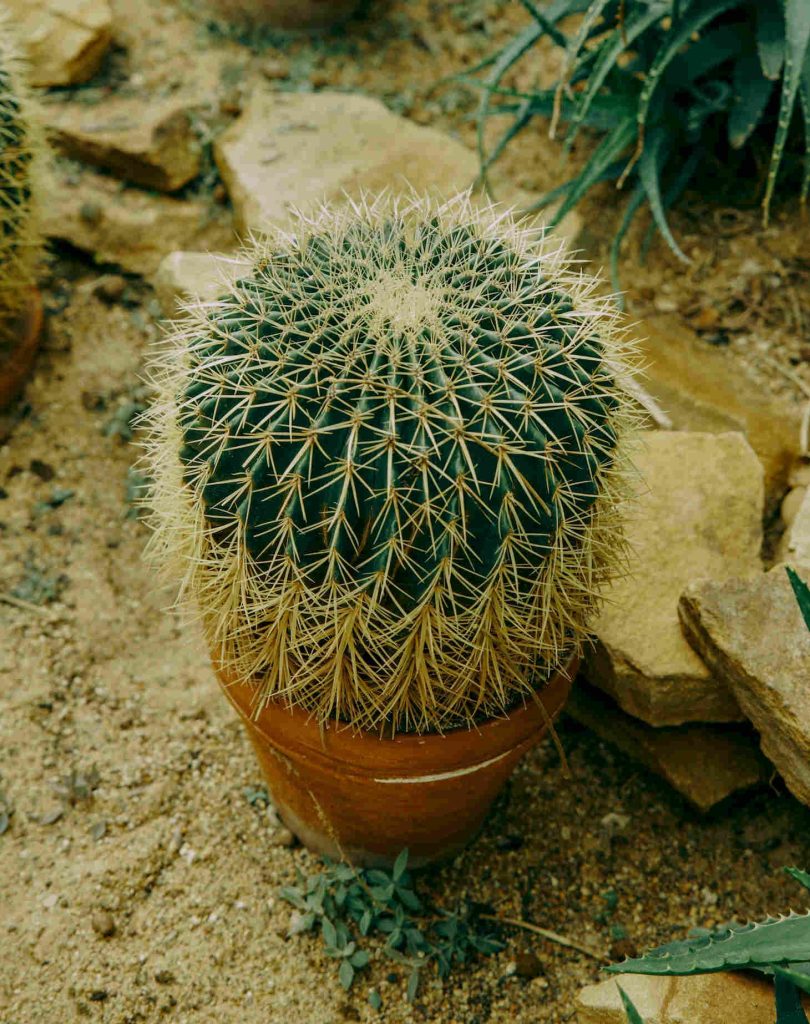
These compact plants work wonderfully as standalone specimens or grouped together in terrariums and decorative arrangements. Their low maintenance nature makes them perfect for contemporary spaces, office desks, or as thoughtful gifts for friends and family who appreciate plants but may not have the time for more demanding greenery.
Key Takeaways
- Small cactus plants require minimal care while adding natural beauty to indoor and outdoor spaces.
- You only need to repot your small cactus when it outgrows its container, the soil degrades, or it shows signs of distress.
- Small cacti make excellent gifts and can be arranged creatively in terrariums or decorative groups.
Understanding Small Cactus Plants
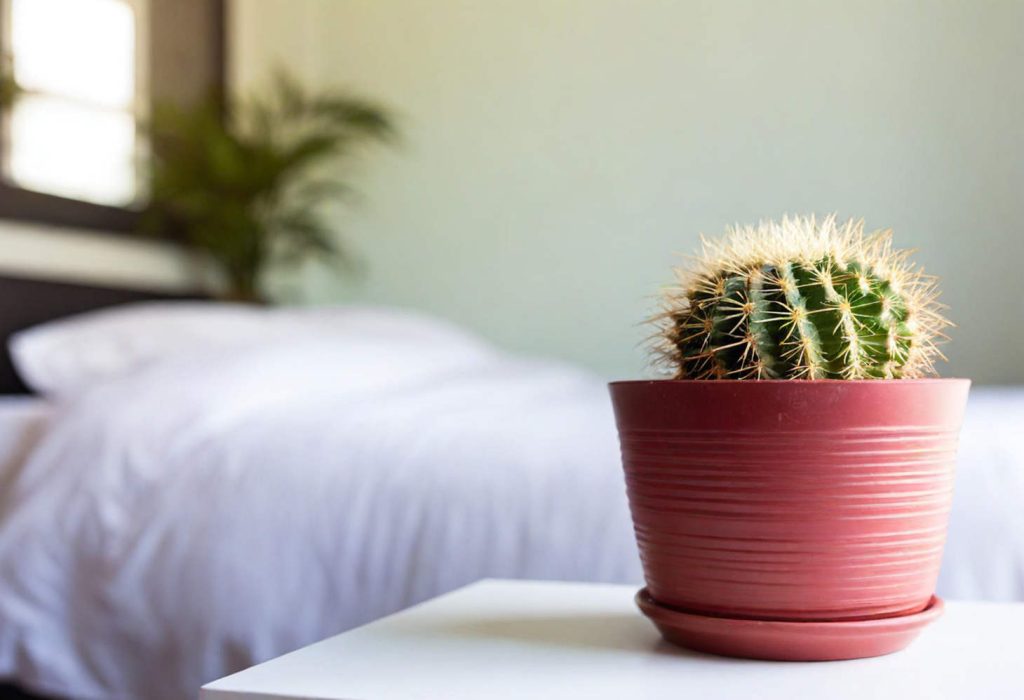
Small cactus plants are perfect for indoor growing and make excellent houseplants due to their compact size and minimal care requirements. They come in a fascinating array of shapes, sizes, and growing needs that can suit almost any home environment.
Essentials of Cactus Care
Small cacti are some of the most forgiving houseplants you can grow. They thrive in bright, direct sunlight, so place them near a south or west-facing window. Most need minimal water, only when the soil is completely dry, typically every 2-4 weeks during growing season and even less in winter.
Well-draining soil is crucial for tiny cactus health. Use a specialized cactus mix or create your own by combining regular potting soil with perlite and coarse sand. This prevents root rot, which is the most common cause of cactus death.
For small cacti (2-4 inches tall), use a pot that is 3-4 inches deep and 2-3 inches wide, ensuring it has drainage holes. Terra cotta pots are ideal as they wick away excess moisture. Fertilize sparingly during the growing season with a higher phosphorus content than nitrogen, such as a 5-10-5 NPK ratio. Dilute fertilizer to 1/4 strength for miniature cacti under 6 inches.
Types of Small Cacti


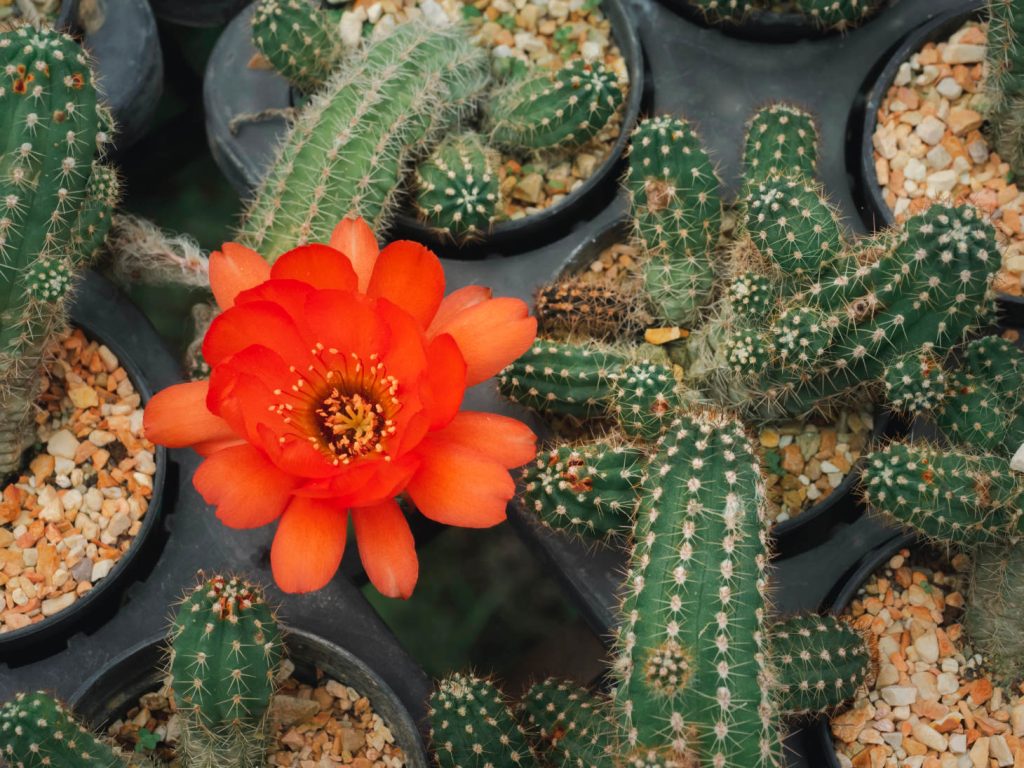
Small cacti come in remarkable varieties that can fit on your windowsill or desk. Globe cacti like Mammillaria and Echinopsis are popular for their round shapes and colorful flowers. They rarely exceed 6 inches in diameter, making them perfect for small spaces.
Clustering cacti such as Rebutia and Chamaecereus form groups of tiny stems, creating an evolving display over time. These often produce abundant, bright flowers relative to their small size.
Columnar miniatures including some Espostoa and dwarf Cereus varieties grow upright but stay small enough for indoor cultivation. They add vertical interest to your collection without demanding much space.
Unusual forms like Astrophytum asterias (Star Cactus) and Epithelantha micromeris offer distinctive textures and growing patterns in a compact package. These conversation pieces often remain under 3 inches in diameter even when mature.
Cold-Hardy Vs. Tropical Varieties
Not all small cacti have the same temperature requirements. Cold-hardy cactus varieties like Opuntia fragilis and certain Echinocereus can survive temperatures as low as -20°F, making them suitable for outdoor growing in colder climates.
These cold-hardy types evolved primarily in high mountain regions, particularly in areas that experience harsh winter conditions. They typically have denser spines to help insulate against cold.
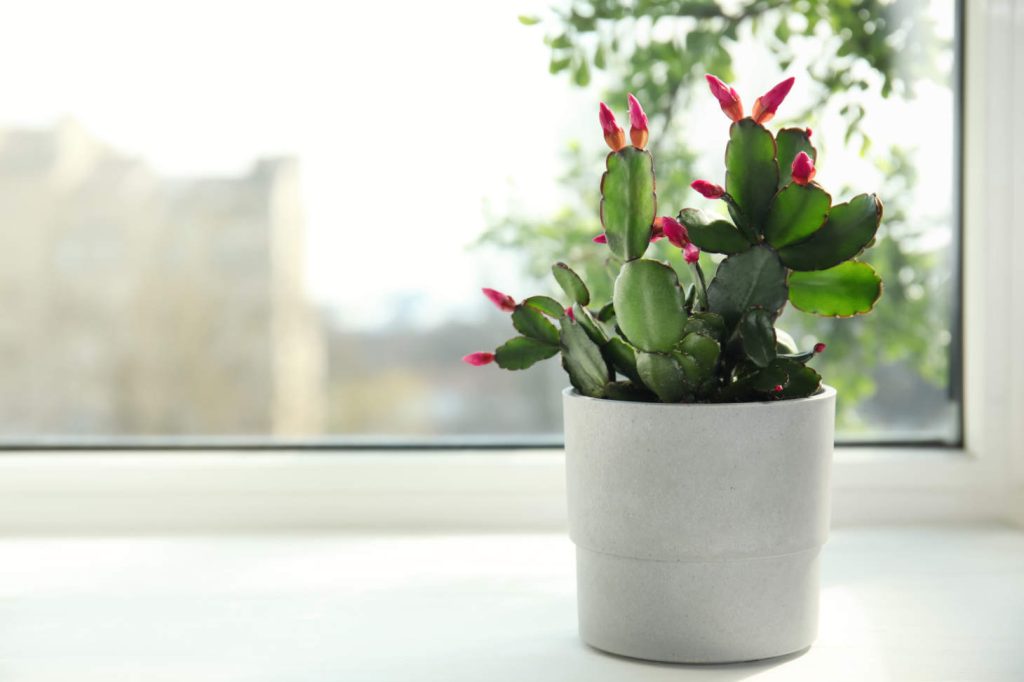
Tropical cacti such as Christmas cactus (Schlumbergera) and some Rhipsalis species come from rainforest environments. They prefer higher humidity, filtered light, and cannot tolerate temperatures below 50°F. These cacti require more regular watering than their desert counterparts.
When choosing a small cactus, consider your local climate if you plan to move them outdoors seasonally. Desert varieties need protection from extended rain periods, while tropical types need shelter from intense direct sun. Both types can thrive indoors with the right care tailored to their natural habitat.
Decorative Uses and Arrangements
Small cacti offer endless creative possibilities for home decoration. These resilient plants add texture and visual interest to various display settings, whether used alone or combined with other elements.
Incorporating Cacti into Dish Gardens
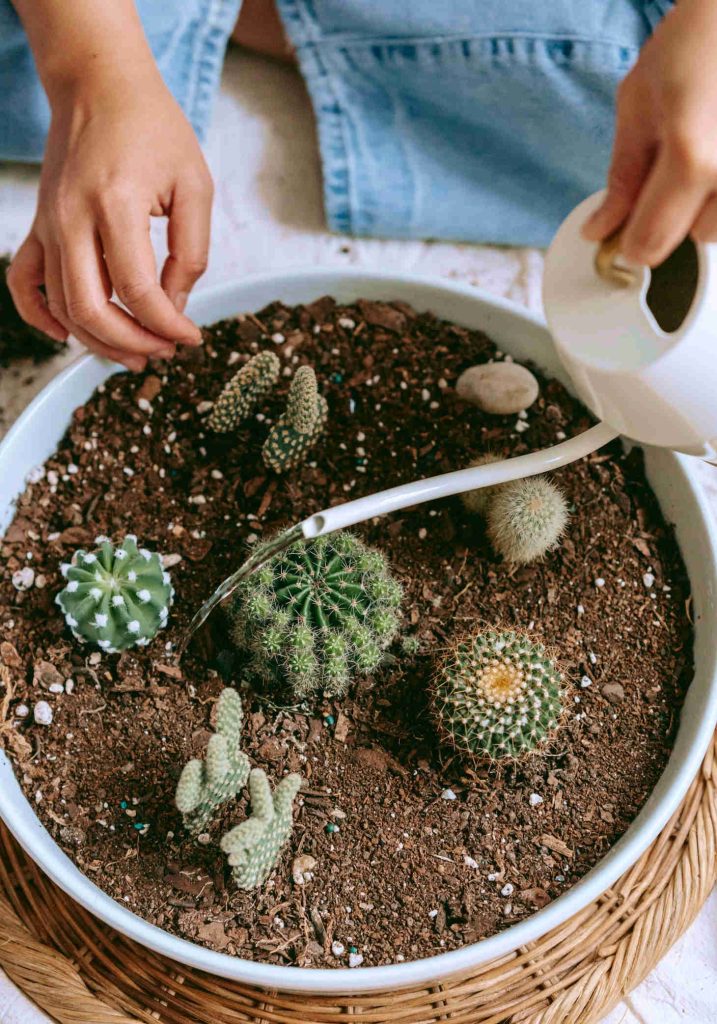
Dish gardens provide an ideal way to showcase your small cactus collection. Start with a shallow container that has drainage holes. Fill it with well-draining cactus soil mixed with small pebbles or coarse sand.
When selecting cacti for your dish garden, choose varieties with different heights and textures that share similar growth habits. Place taller species in the back and shorter ones in front for visual appeal.
You can enhance your dish garden with decorative elements like colorful stones, small figurines, or driftwood. These additions create a miniature landscape that draws the eye.
For an extra touch, consider adding complementary plants like small succulents or air plants, but ensure all plants have similar care requirements.
Keep your dish garden in a bright spot with good air circulation. Water sparingly to avoid root rot.
Creating Beautiful Floral Cactus Arrangements
Contrary to what you might think, cacti can work wonderfully in floral arrangements. When paired with bold flowers and greenery, small cacti create striking contrasts in texture and form.
For a temporary display, carefully place small potted cacti among fresh flowers in a large, stable container.
For special occasions, consider making a cactus “bouquet” by grouping several small specimens in a decorative pot or basket.
When handling cacti for arrangements, always use thick gloves and tongs to protect your hands from spines.

